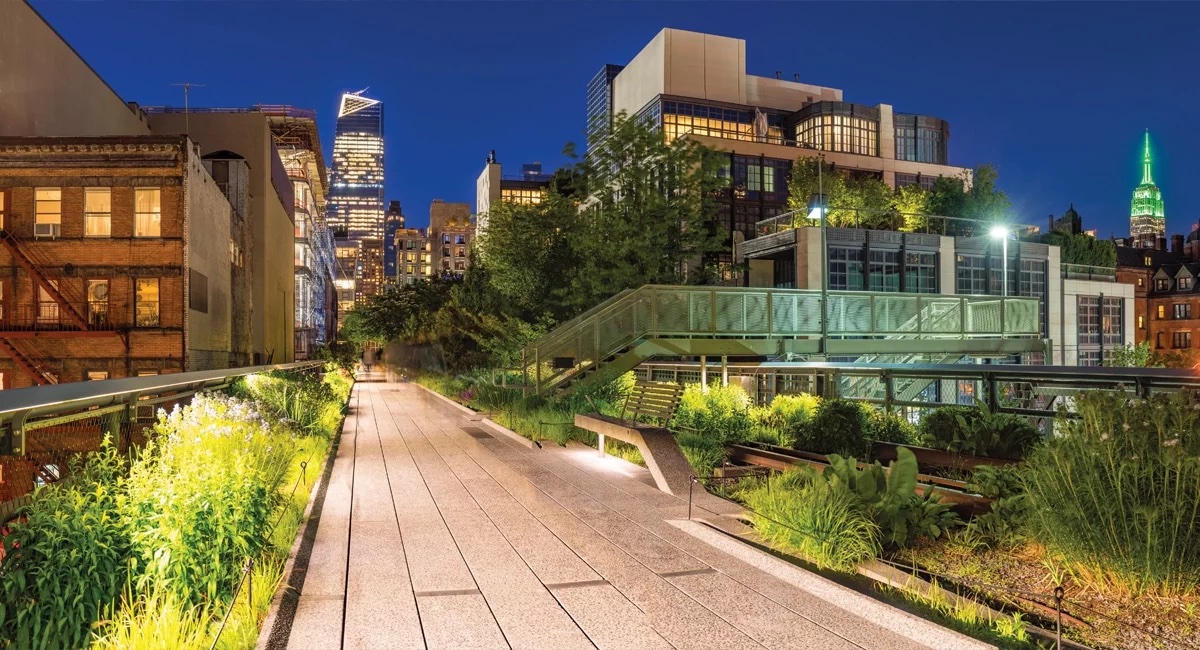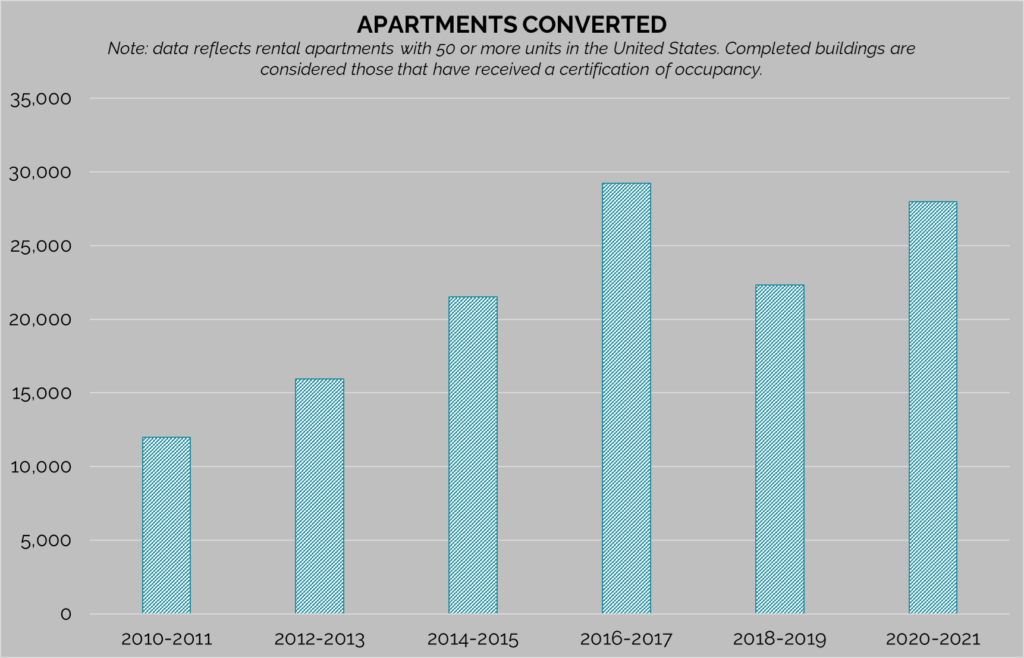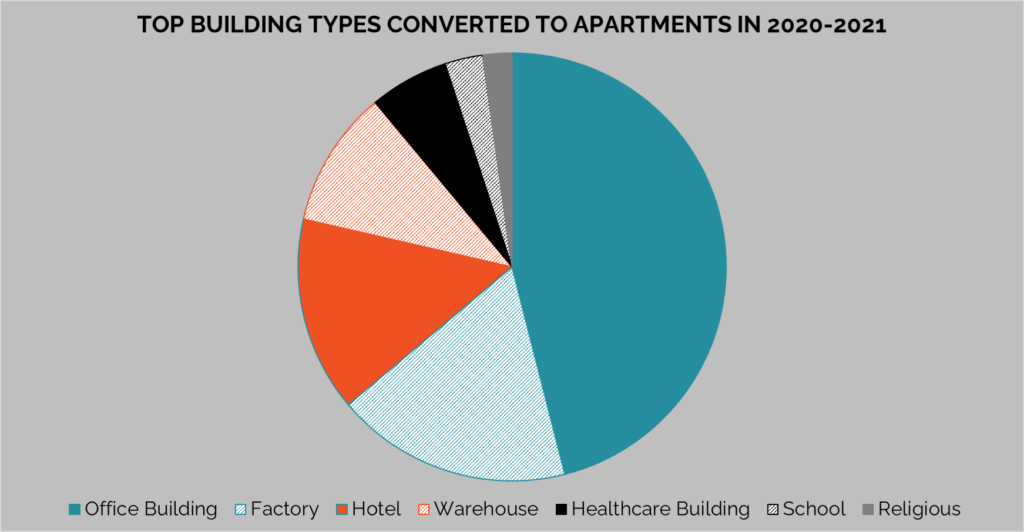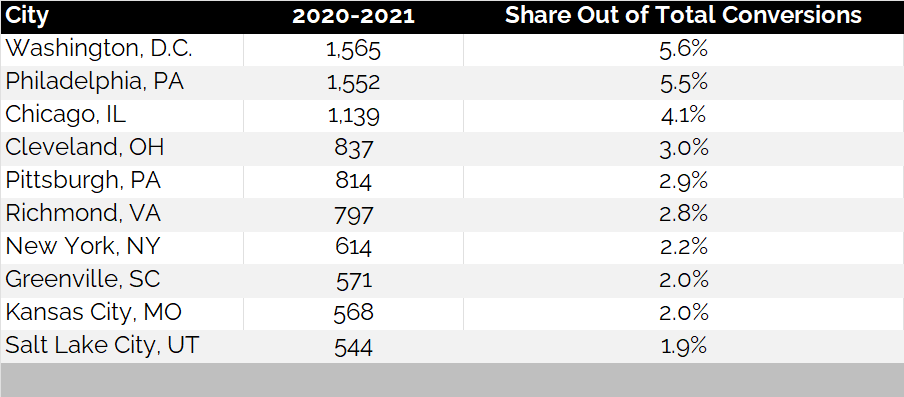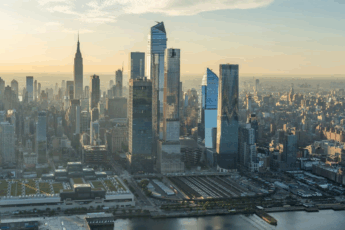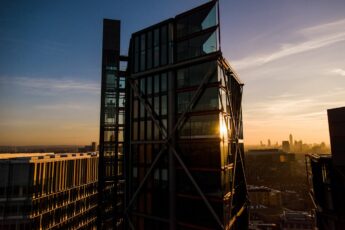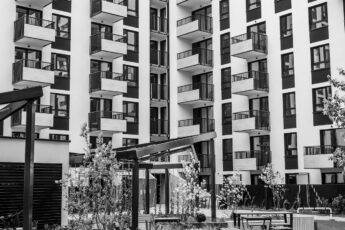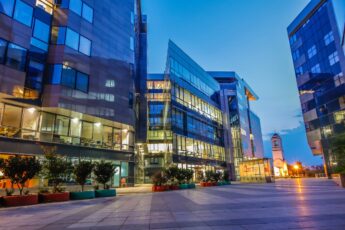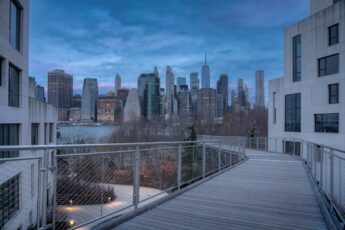Adaptive reuse conversions are a growing trend in residential real estate construction. The practice involves repurposing existing buildings who have become underutilized or obsolete. Often, it involves the preservation and revitalization of structures with architectural, historical, or cultural significance. However, shifting market dynamics may result in a broader definition of what buildings are worth saving. Conversions have gained renewed popularity particularly as Covid-era work-from-home policies have transcended the pandemic, leaving once bustling commercial districts reminiscent of ghost towns. With many businesses opting for fully remote or flexible-hybrid policies, the demand for large, expansive office spaces has declined in many cities. Nationwide, office vacancy rates sit at 12.9%* with some metropolitan areas such as San Francisco reaching vacancy rates as high as 30%.
Given the underutilization of commercial space across many cities and the ongoing housing shortage, adaptive reuse can be an effective, and sustainable approach towards mitigating the housing crisis. In the two-year period between 2020 and 2021 (the most recent time period for which data is available), nearly twenty-eight thousand apartments or condos were created through adaptive reuse, a 25% increase from the preceding two-year period.**
*Source: Axios, CoStar Group. April 2023
**Source: RentCafe
Of those, 40% were office to apartment conversions. Other top building types converted include factories and hotels.
For developers, adaptive reuse can be more efficient and cost-effective than starting construction from scratch. There are, however, some challenges with the process including structural issues, zoning and code compliance, environmental concerns, and design limitations. The top ten cities with the most converted apartments are:
Below, we spotlight two cities where adaptive reuse has revitalized a neighborhood:
1. Los Angeles (Arts District): The revitalization of Downtown Los Angeles’ Arts District dates back to the 1970s and 80s when creative professionals began moving into and repurposing the neighborhood’s many abandoned warehouses and industrial buildings. In 1999, Los Angeles passed the Adaptive Reuse Ordinance which helped streamline the process for converting historic commercial and industrial buildings into mixed use developments. This legislation helped catalyze a wave of redevelopment in the neighborhood whereby historic buildings were transformed into residential lofts, hotels, and mixed-use developments. Examples below include: The Biscuit Company Lofts, 939 S Broadway, and the Eastern Columbia Building.
2. New York City (Meatpacking District): Manhattan’s Meatpacking District was historically a bustling hub of food processing and meatpacking businesses. By the 1980s much of the once thriving local industry had dissipated leaving the neighborhood largely abandoned. The 1990s and 2000s saw a wave of developers repurpose the district’s historic buildings, converting them into housing, retail, and office space. The most notable (non-housing) example being the High Line, a former elevated railway line that was turned into a public park. Examples of adaptive reuse housing in Meatpacking include 345meatpacking (345 W 14th).
All information is from sources deemed reliable but no guarantee is made as to its accuracy. All material presented herein is intended for informational purposes only and is subject to human errors, omissions, changes or withdrawals without notice.
